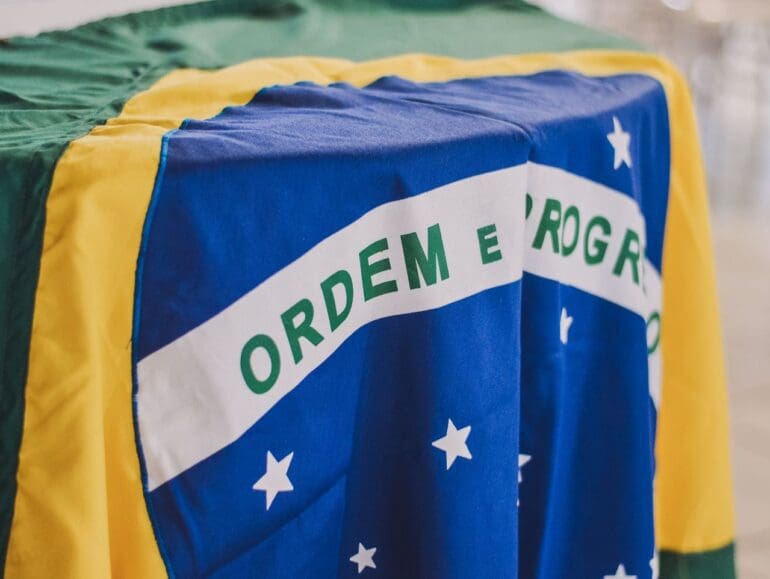Digital means for financial transactions have increased in Brazil during the past decade, with the emergence of Pix in 2020 as a game changer in the ecosystem.
From a legal framework to lockdowns amid the pandemic, several factors contributed to growth in digital banking. Millions of Brazilians turned to online banking during Covid 19, in many cases for the first time. The introduction of Pix in late 2020 leveraged these previous gains, becoming, in less than two years, the most used means of payment in Brazil by several transactions.
According to a recent report by the central bank, Pix payments – which have become ubiquitous in Brazil – accounted for almost 30% of transactions last year. That is higher than 20% for credit cards and 19% for debit cards.
“The adoption of Pix in society has been very intense,” Carlos Eduardo Brandt, head of Pix Operations at the Central Bank of Brazil, said in an interview. Today it already exceeds the mark of 3 billion monthly transactions. “It is now the most used means of payment in Brazil. Even more than the debit, credit card, or any other instrument.”
A financial inclusion tool
Ever since 2021, the number of per capita digital transactions vigorously grew. Brazilians quickly embraced Pix, which is free and easy to use for individuals and comes at a lower cost to companies than credit and debit card alternatives.
According to official data, the mobile payment system saw over 130 million individual users in recent months. That number alone accounts for almost two-thirds of the population. Pix has become part of daily life in Brazilian cities, from restaurants to small merchants and peddlers on the streets. Every month, it processes north of $100 billion in payments.

“Of those 130 million people, more than half made their first ever digital transfer using Pix,” Brandt said. “It has set in motion a very intense digitization process in our country.”
According to Brandt, the growing use of Pix means more than just another payment alternative. “It gives these people a digital citizenship: if they want to listen to music on Spotify or order a meal or transportation through an app, they simply couldn’t do that before because they didn’t have the (digital payment) means.”
The rise of Pix has also exacted a cash toll. The same central bank report shows that the number and volume of ATM and bank withdrawals have been decreasing over time. Transactions of this kind have dropped 25% since 2020. That is over 800 million fewer cash withdrawals.
“From 2020 onwards, this reduction seems to be more pronounced, which can be explained by the behavioral changes of the pandemic, the introduction of Pix, and the increase in card transactions,” the report stated.
Pix and room to grow in Brazil
When compared by volume, however, Pix is not yet as critical as some of its competitors. The data report shows that the average Pix ticket stood at 453 Brazilian reais in 2022 (less than $100), compared to almost 20,000 reais and 43,000 reais in intra and inter-bank transfers.
In volume, Pix accounts now for 12% of all transactions in Brazil, compared to 65% in bank transfers.
The data points to the predominant use of Pix and cards in lower-value transactions. Bank transfers, instead, stand out as the main options for corporate transactions, with substantially higher amounts.” the report said.
According to Brandt, there is still much room for further growth. Pix started in 2020 and is based on person-to-person transactions. Initially, the ratio of Pix uses was 95% P2P and 5% P2B. Today, P2B has grown to just under 30%.
“This represents a breakthrough that has accelerated since the beginning of last year,” Brandt said.


